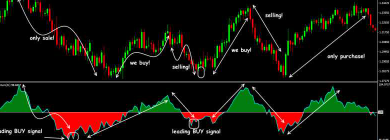The rupee closed 0.2% lower at 86.4575 against the US dollar on the day.
The dollar index rose 0.1% to 108.289 while Asian currencies were mostly weaker, with the Malaysian ringgit down 0.4% and the leading loser.
Traders also pointed to dollar demand from foreign banks.
Despite weakening on the day, the prevailing bearish bias on the rupee appears to have eased in January, as indicated by a cooling in non-deliverable forward (NDF) points and a decline in volatility gauges.
“The decline in NDF points indicates an upward bias on USD/INR and the sorting of positions by offshore market participants,” said Sameer Kariat, Head of Trading, Global Financial Markets.
The rupee has fallen by around 3% since Donald Trump won the election in the United States. The currency hit an all-time low of 86.6475 last week.
This week, however, Asian currencies found some breathing room and the dollar cooled from two-year highs after Trump stopped short of imposing trade tariffs in his first days in office.
The US president, however, has said he wants to impose import duties on Canada, Mexico and China from February 1.
“Overall recent developments suggest that the initial weakness in the US dollar at the start of Trump’s second term may prove short-lived. This week’s price action again highlights that the long US dollar position was a very crowded trade,” MUFG Bank said in a note.
Investors will now take their cues from central bank policy decisions next week, with the Bank of Japan’s decision on Friday followed by the Federal Reserve and the European Central Bank.
(You can now subscribe to our ETMarkets WhatsApp channel)

























